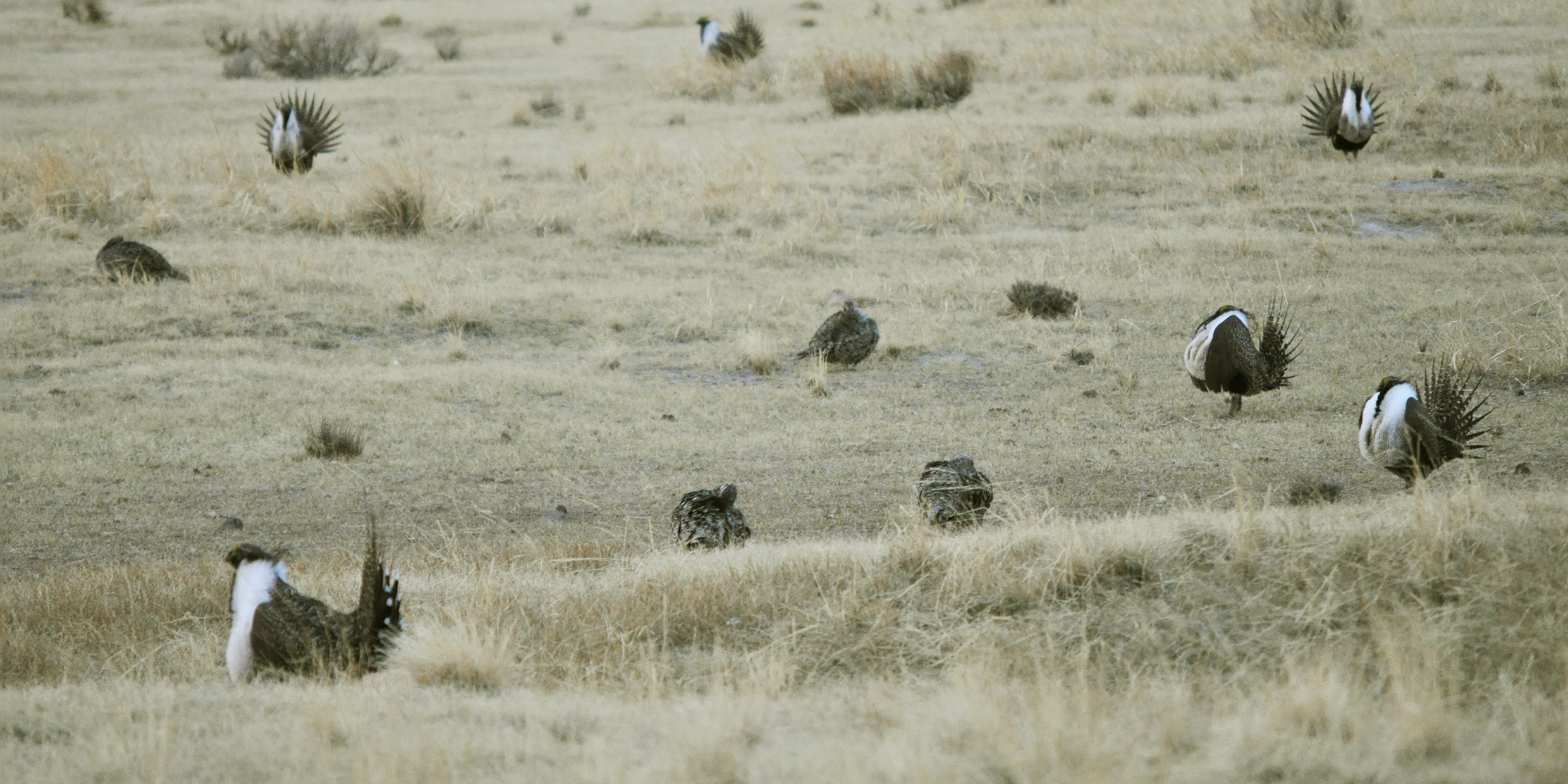Originally published 27 June 1988
Here’s one for the habitués of the singles bars.
Looking for the perfect mate? Or just a one-night stand? What defines a good pick-up bar? A choice location? A standout crowd? Who’s pulling the strings — I mean really pulling the strings — that control the pickup dynamic?
Is that group of girls at the bar just waiting for you to make your move, or have they already made it for you? Are those guys at the corner table seriously looking for love, or are they just playing games among themselves? Is any of this really necessary?
Listen and learn from the swallow-tailed manakin.
Or less specifically, consider the lek-breeders.
Lekking is a system of mating practiced by certain birds, frogs, bats, and insects. Males gather in groups — called leks — to make themselves available to females. The female visits the lek (the word is thought to derive from an Old Norse word for play), observes the males on display, and makes her choice. After copulation with the favored male, the female goes off to rear the eventual offspring on her own.
From birds to dragonflies
Biologists have long wondered what evolutionary pressures gave rise to lekking in animals as diverse as birds of paradise and dragonflies. Until recently, two theories have dominated discussions of lekking behavior, both originally offered by Jack Bradbury of the University of California at San Diego and his associates.
The first theory is called the female-preference model. In this view, males gain nothing from gathering in one place for their courtship displays. It is the female who prefers clustered males, presumably because it makes the business of selecting a desirable mate more efficient. Having many potential partners gathered in one place makes comparison easy. The female quickly discerns the dominant male and makes off with the fittest genes.
The second traditional explanation of lekking behavior is called the hotspot model. Males gather at those special places — near a food source or desirable nesting site — where they are likely to encounter females. When a female arrives at the hotspot, the males hover, somersault, sing, display plumage, or do whatever it is that demonstrates their genetic suitability as a mate. The female makes her choice from among the available males.
In both of these traditional theories, it is female behavior that determines the formation of the lek and the mating success of the male.
In the February [1988] issue of The American Naturalist, Bruce Beehler and Mercedes Foster, two animal researchers from the Smithsonian Institution, challenge the conventional wisdom. They emphasize the male contribution to lekking.
A conflicting view
Beehler and Foster find no compelling field data to suggest that males cluster because females prefer groups. As for leks making the female’s choice more efficient, the two researchers believe the opposite may be true. Male competition within the lek may in fact disrupt mating activities and limit freedom of choice for the female.
By the time the female arrives at the lek, the issue of which male will mate with her may have already been decided among the males. In one study of the lesser bird of paradise, a single male in the lek performed 24 of 25 copulations. Similar dominance has been observed among insects. The overwhelming success of certain males within a lek was previously ascribed to unanimity of female choice.
Beehler and Foster ask how female preference could be so unanimous among males that show — to the human eye, at least – so little difference in looks or behavior.
As evidence for their view, Beehler and Foster point to the swallow-tailed manakins.
Before any female shows up on the scene, manakins (small, brightly-colored tropical birds) gather in the lek to engage in competitive behavior. One dominant and one subordinate male emerge from these rituals. When a female arrives, these two perform various displays, and then the subordinate male retires to let the dominant male get on with his business. Female choice is nonexistent.
In place of the female-preference and hotspot theories, the two Smithsonian researchers offer what they call the hotshot theory of lekking behavior. According to this view, certain males, for one reason or another, are more successful at attracting mates. Other, less successful males gather around these hotshots in the expectation that they will have access to more females than if they go it alone.
Why does a hotshot tolerate hangers-on who are potential rivals? According to Beehler and Foster, benefits might accrue from decreased chances of predation (safety in numbers), and from the possibility that a crowd of males will attract more females to the courtship arena. As long as the hotshot maintains control of the lek, a larger number of visiting females is all to his benefit.
A story by Roger Lewin in Science drew my attention to the lekking controversy. Following his leads, I read the paper of Beehler and Foster carefully, as well as one of Bradbury’s earlier reports on the female-preference and hotspot theories. The papers are based on field observations, artificial manipulations of leks, and computer simulations. I’m no expert, but I was unconvinced by any of the evidence and noticed several apparent contradictions. Nor does it seem to me that the various theories of lekking are mutually exclusive, or that they need apply in the same way to all species.
Somehow it all sounds familiar. The guys go where the gals are. The gals go where the guys are. The gals are looking for Mr. Right. The guys play macho games among themselves. No one really knows what’s going on behind all the posturing and pairing. In fact, lekking among the birds, bats, frogs, and dragonflies seems darn near as complicated as lekking among humans.



